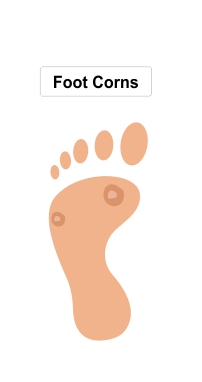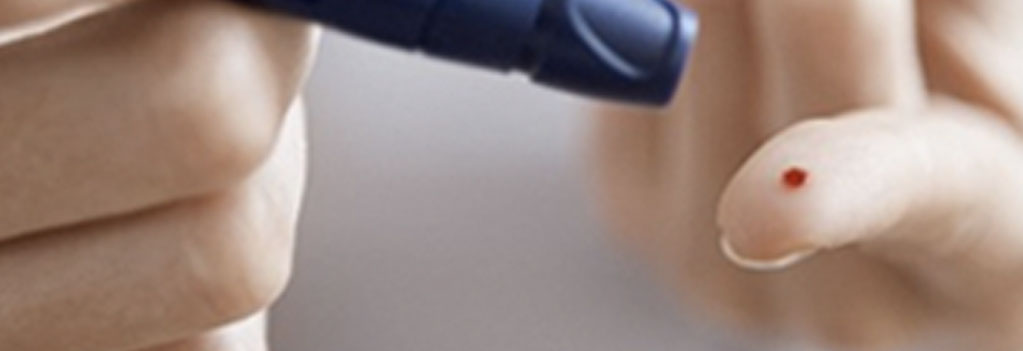Foot Care for People with Diabetes – Corns
It is common for people with diabetes to have foot problems. They are a result of damage to blood vessels and nerves in the feet. Corns are painful and need special management in people with diabetes.
What are foot corns?
Foot corns are circular and small areas forming on the bottom side of feet, between toes, on the sides of feet, and below toenail beds. They are patches of hardened skin and give pain while walking.
Corns are rough white/yellowish patches that appear like bumps and are sensitive to touch. They are formed due to pressure and friction on the skin. Corns are caused due to a buildup of dead skin that becomes hard. They appear due to pressure of bone on skin.
Foot Corns – Risk factors
People who wear ill-fitting footwear, high heels, and who do not wear socks are prone to get corns. Activities that lead to excessive pressure and friction on the feet can lead to corns.These include running, jogging, climbing, and others.People with foot deformities, hammertoe, bunions, and conditions like diabetes are at a risk of getting corns.
Symptoms of Foot Corns
- Yellowish or white lumps that appear hard.
- Sensitive to touch.
- Pain while walking and while standing.
- Thick areas of skin (above bone) on the feet.
Types of Foot Corns
- Hard Corns
- Soft Corns
- Plantar Corns
- Fibrous Corns
- Seed Corns
- Vascular Corns
Foot Corn Treatment and Prevention
Most corns disappear when pressure and friction to that part of skin is relieved. Over the counter corn plasters, and corn removing liquids containing salicylic acid are normally used to treat foot corns. Oral antibiotics may also be prescribed in order to prevent infection.
Why people with diabetes should not use OTC medications for foot corns
In people with diabetes who have foot corns, there is need for special management. It is important to consult a podiatrist and diabetes doctor in order to rule out hidden ulcers beneath the corn.
While treating corns in people with diabetes, it is important to avoid infection and wounds as they can prolong recovery and cause more damage. It is for this reason cutting the corn, and over the counter medications are not advised.
Medications with salicylic acid and other corn removers are not advised for people with diabetes as they can cause damage to healthy skin present around the corns. Other physical corn removers like pumice stones are also not recommended as they can lead to diabetic foot infection.
It is very important to consult a diabetes doctor and a podiatrist for removal of foot corns. Foot specialists remove the corn with sterilized blades. This only takes a few minutes. Corns removed can resurface. They are called repeating corns. Though they can be removed by the podiatrist, taking precautions can avoid the risk of repeating corns.
How to Prevent Foot Corns in Diabetes
- Do not walk barefoot.
- Do not wear shoes made of plastic or vinyl.
- Wear suitable diabetes footwear with absorbent socks.
- Do not wear socks that are tight as they can stop blood supply.
- Keep your feet dry after washing them.
- Apply moisturizers.
- Apply astringents to reduce sweat collection.
- Cut toenails regularly.
- Get regular feet examinations.
- Examine feet daily and look for color changes on the skin.
In case the corn has redness, swelling, or drainage, seek medical attention immediately.











